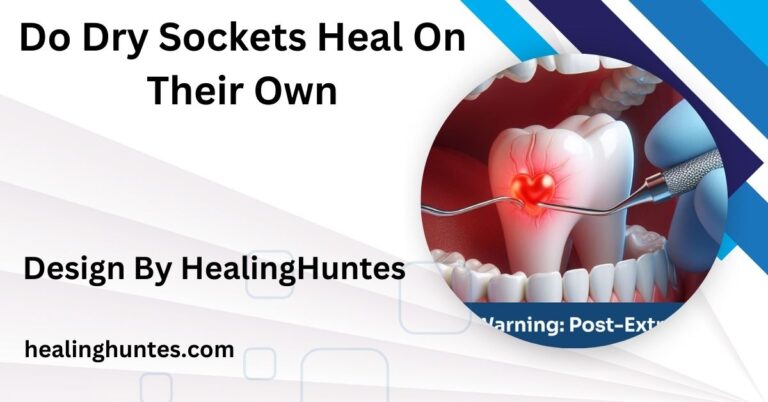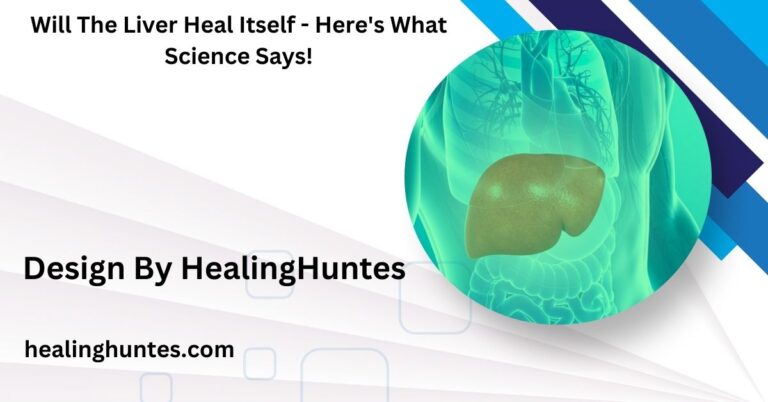How Long Does A Broken Arm Take To Heal – Healing Time Differences!
A broken arm usually heals in 3–6 months, depending on the severity, age, and adherence to treatment, including therapy and care.
This article covers everything you need to know about healing a broken arm, from timelines to tips for a smoother recovery.
Understanding the Basics of Arm Fractures:

A broken arm occurs when one or more of the bones in the arm are fractured. This can include the humerus, radius, or ulna. Common causes include falls, sports injuries, or accidents. Proper diagnosis through X-rays and timely medical care is crucial for effective healing.Mild fractures may only require immobilization, while severe cases might need surgery. Your doctor’s approach will depend on the type and location of the fracture.
Factors Influencing Healing Time:
The duration of recovery for a broken arm depends on several factors, which can either speed up or delay the healing process. Understanding these variables can help patients and caregivers manage expectations and optimize recovery strategies.
Age and Healing Capacity:
Children generally heal faster than adults because their bones are still growing and have a higher regeneration capacity. While a child’s broken arm might heal in 4–8 weeks, adults may take up to 12 weeks or longer for the same type of fracture.
Also Read: Holistic Healing Collective – The Future of Wellness!
Type and Location of the Fracture:
Clean fractures heal faster than compound or complex ones. Additionally, fractures closer to joints, such as the elbow or wrist, might take longer to heal due to their impact on mobility and alignment.
Impact of Lifestyle Choices:
Factors like nutrition, smoking, and alcohol consumption play a significant role in healing. A diet rich in calcium and vitamin D supports bone regeneration, while smoking and alcohol can delay recovery by impairing blood flow and bone growth.
Typical Healing Timeline for a Broken Arm:

Initial Healing Phase: (0–6 Weeks)
In the first six weeks, the focus is on immobilization to allow the bones to fuse. A cast or brace is typically used to keep the arm stable. Pain and swelling are most prominent during the first two weeks but gradually subside as the bones start to heal.
Rehabilitation Phase: (6–12 Weeks)
After the bones have fused, rehabilitation begins. Gentle exercises and physical therapy help restore range of motion and prevent stiffness. This phase is crucial for regaining functionality and strength in the arm.
Full Recovery Phase: (3–6 Months)
Most people achieve complete recovery within six months. However, some may experience residual stiffness or weakness, especially if physical therapy is not diligently followed. Long-term care may be required for severe fractures or complications.
Signs of Proper Healing:
Knowing the signs of proper healing can reassure patients and help identify potential issues. While individual experiences vary, some common indicators suggest that the recovery is on track.
Pain and Swelling Reduction:
As the fracture heals, pain and swelling should gradually decrease. Persistent or worsening symptoms may indicate complications and should be addressed promptly with a healthcare provider.
Also Read: How Long Does A Bone Bruise Take To Heal – Symptoms, Recovery Time, and Care!
Improved Mobility:
With time and therapy, the range of motion in the arm improves. Exercises prescribed during rehabilitation help strengthen muscles and restore functionality.
Bone Fusion Confirmation:
X-rays provide definitive evidence of bone healing. Regular follow-ups with your doctor ensure that the bones are aligning correctly and fusing as expected.
Tips to Speed Up Recovery:

While the body’s natural healing process cannot be rushed, certain steps can support and enhance recovery. Following these tips can help minimize complications and optimize the healing timeline.
Follow Medical Advice:
Adhering to the treatment plan, including wearing the cast or brace and taking prescribed medications, is essential. Skipping follow-ups or neglecting instructions can delay recovery.
Maintain a Healthy Diet:
A diet rich in calcium, vitamin D, and protein supports bone health and regeneration. Foods like dairy products, leafy greens, and nuts are excellent choices for enhancing recovery.
Stay Active: (Within Limits)
Engaging in light activities, as recommended by your doctor or physical therapist, prevents stiffness and improves circulation. Avoid strenuous activities that could strain the healing arm.
Avoid Smoking and Alcohol:
Smoking and alcohol consumption negatively impact bone healing by reducing blood flow and nutrient absorption. Avoiding these habits can significantly improve recovery outcomes.
Common Challenges During Recovery:
Recovering from a broken arm can be physically and emotionally challenging. Knowing what to expect and how to address these challenges can make the process more manageable.
Also Read: How To Heal A Second Degree Burn – Tips for Quick Recovery!
- Pain and Discomfort: Pain is common during the initial weeks of recovery but should be manageable with prescribed medications. Inform your doctor if the pain persists or worsens.
- Reduced Mobility: Temporary loss of mobility in the arm can be frustrating. Consistent physical therapy helps address this issue by restoring movement and strength.
- Emotional Impact: Feelings of frustration or anxiety are normal during recovery. Staying positive, seeking support, and engaging in hobbies or light activities can help maintain mental well-being.
When to Seek Medical Attention:
While most broken arms heal without complications, certain signs warrant immediate medical attention. Ignoring these symptoms can lead to long-term issues and delayed recovery.
Warning Signs to Watch For:
- Persistent pain or swelling beyond the expected timeline
- Signs of infection, such as redness, warmth, or fever
- Lack of improvement in mobility or functionality after therapy
FAQ’s
1. How long does a broken arm take to heal in children?
Children’s bones heal faster, often within 4–8 weeks, due to their high bone regeneration capacity.
2. Can you speed up the healing process for a broken arm?
Yes, by following your doctor’s advice, eating a balanced diet, and engaging in physical therapy, you can support faster healing.
3. Is physical therapy necessary after a broken arm?
Physical therapy is essential for regaining mobility and strength, especially after immobilization.
4. What happens if a broken arm doesn’t heal properly?
Improper healing may lead to chronic pain, stiffness, or deformities, requiring further medical intervention.
5. Are there long-term effects of a broken arm?
Most people recover fully, but some may experience minor stiffness or weakness, which can be improved with therapy.
Conclusion
Healing from a broken arm requires patience, proper care, and adherence to medical advice. While most fractures heal within 6 to 8 weeks, factors like age, fracture type, and overall health can influence recovery time. Rest, a balanced diet, and physical therapy play crucial roles in regaining strength and mobility. By staying informed and proactive, you can ensure a smoother recovery and return to your daily activities with confidence.
Related Posts
Also Read: What Is The Fastest Way To Heal A Heel Spur – Fast Relief Techniques!
Also Read: What Is The Fastest Way To Heal Intercostal Muscle Strain – A Step-by-Step Guide!
Also Read: What Is The Fastest Way To Heal Swollen Gums – Expert Advice!






